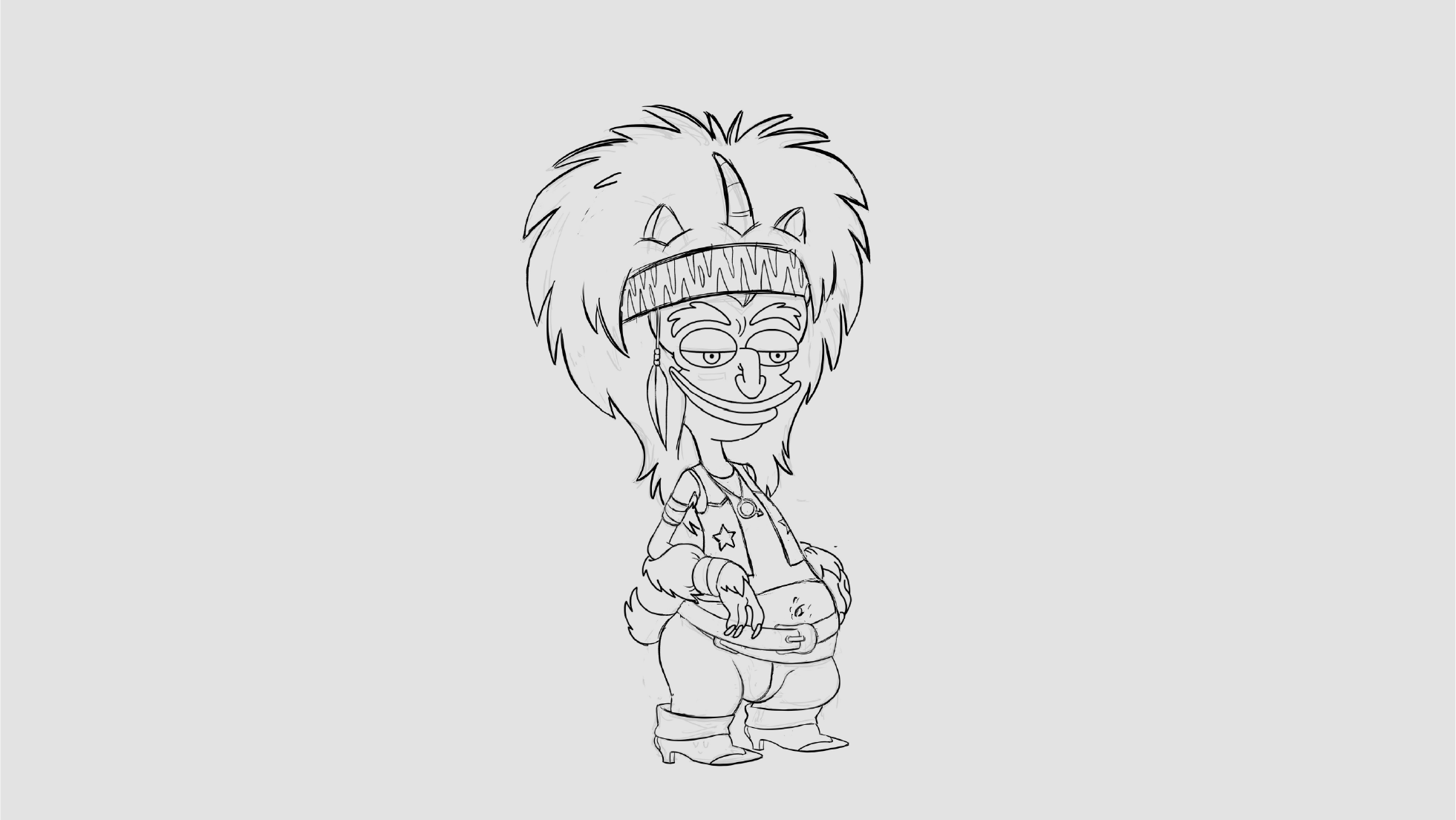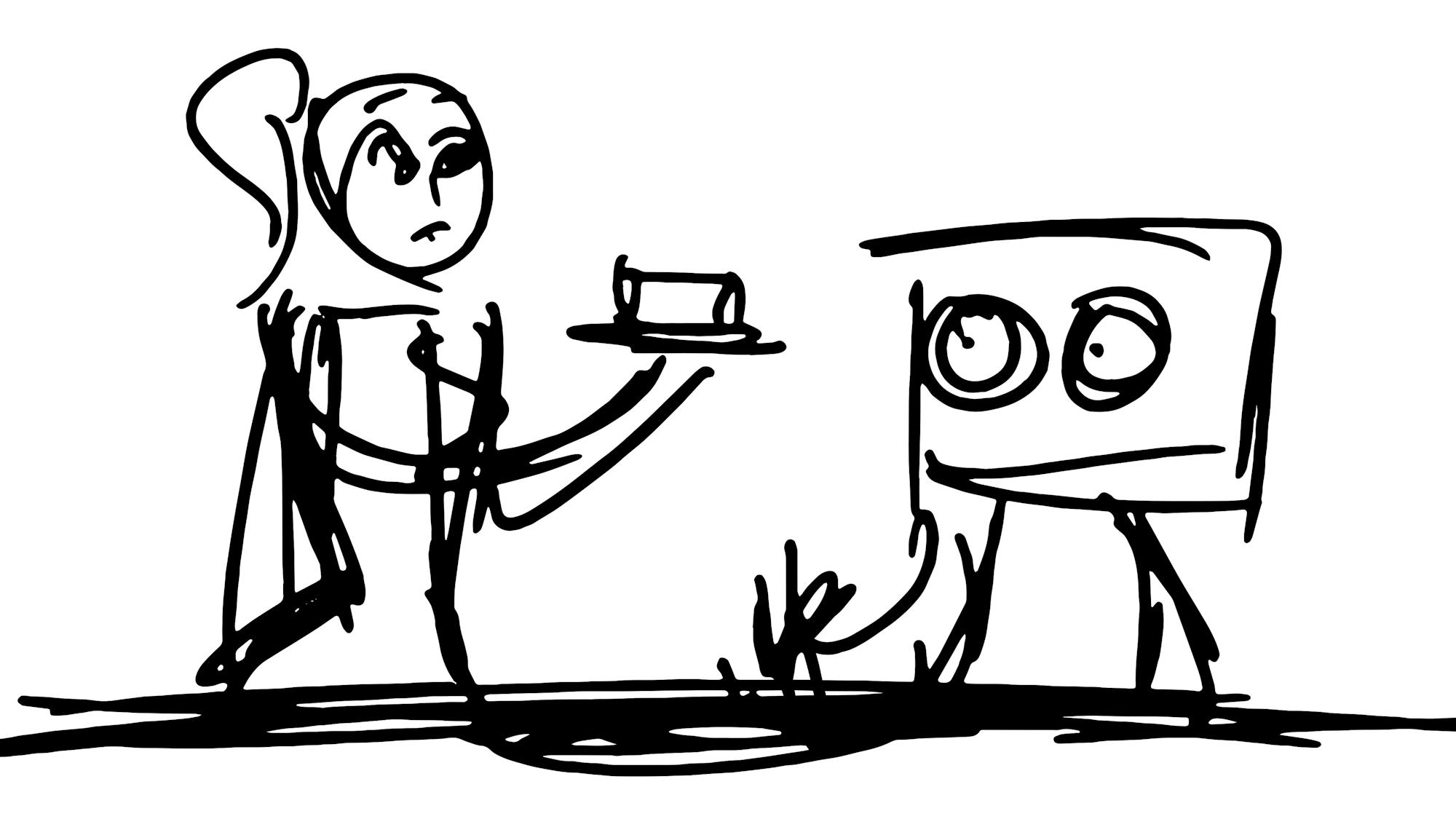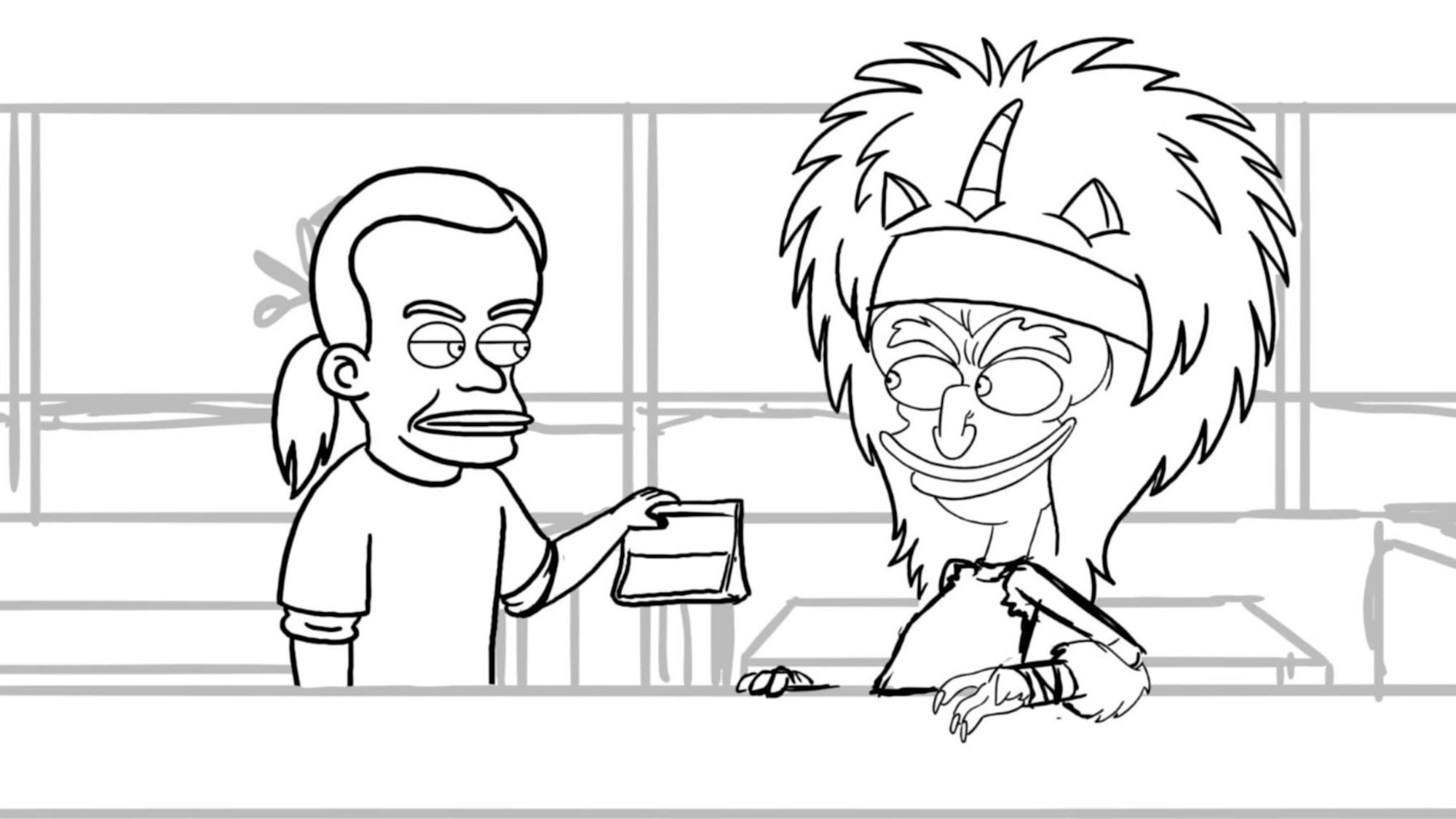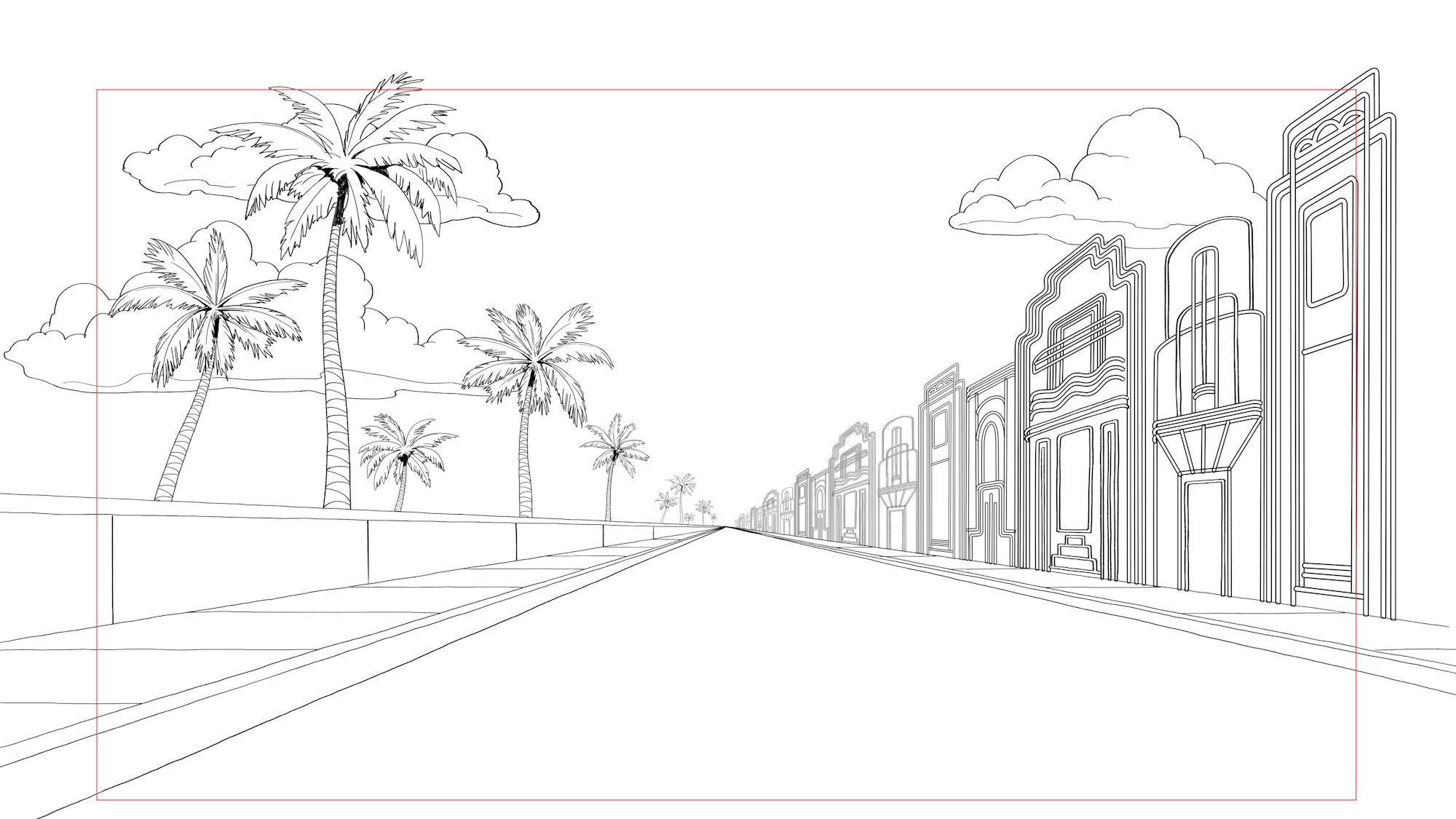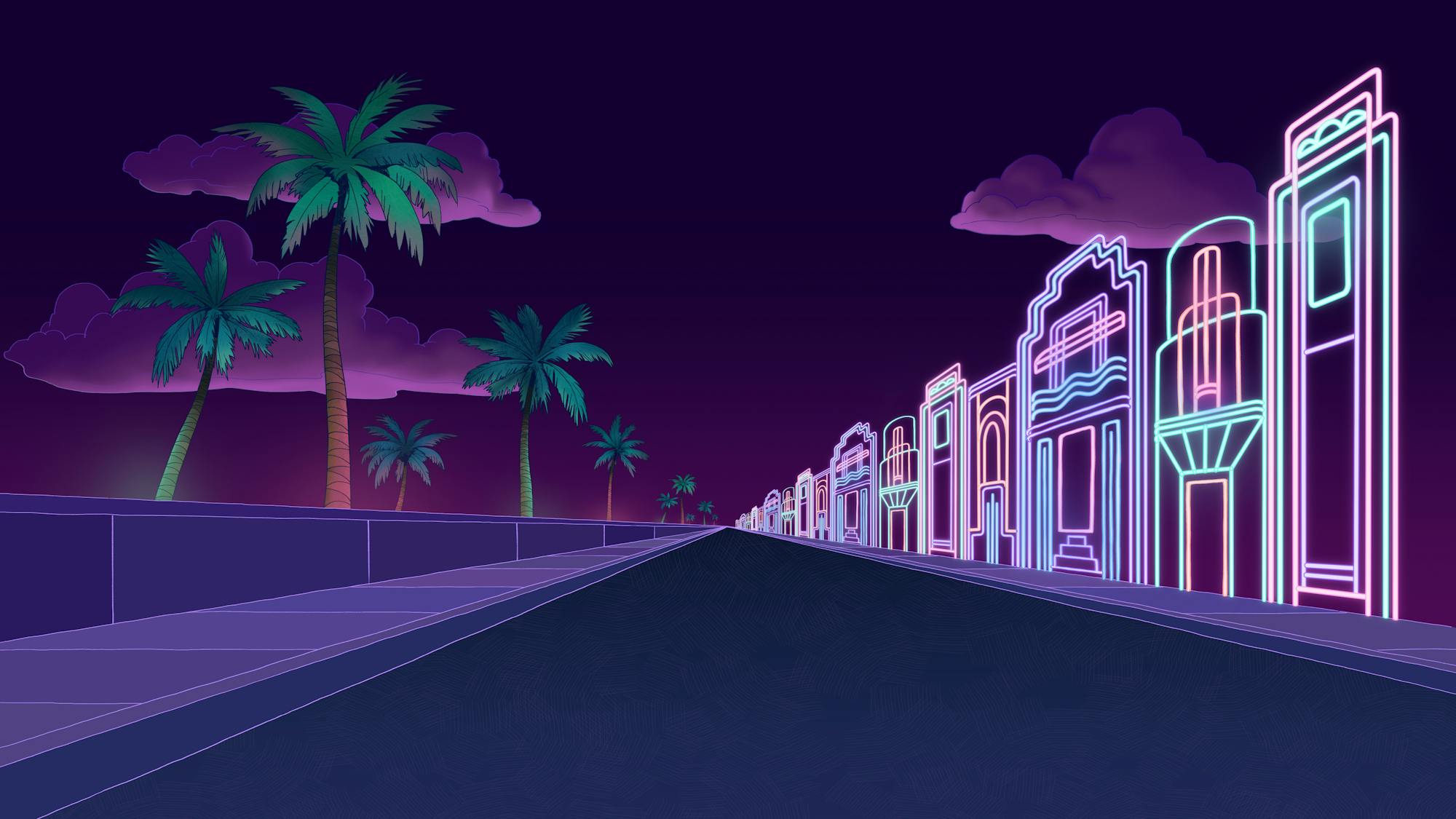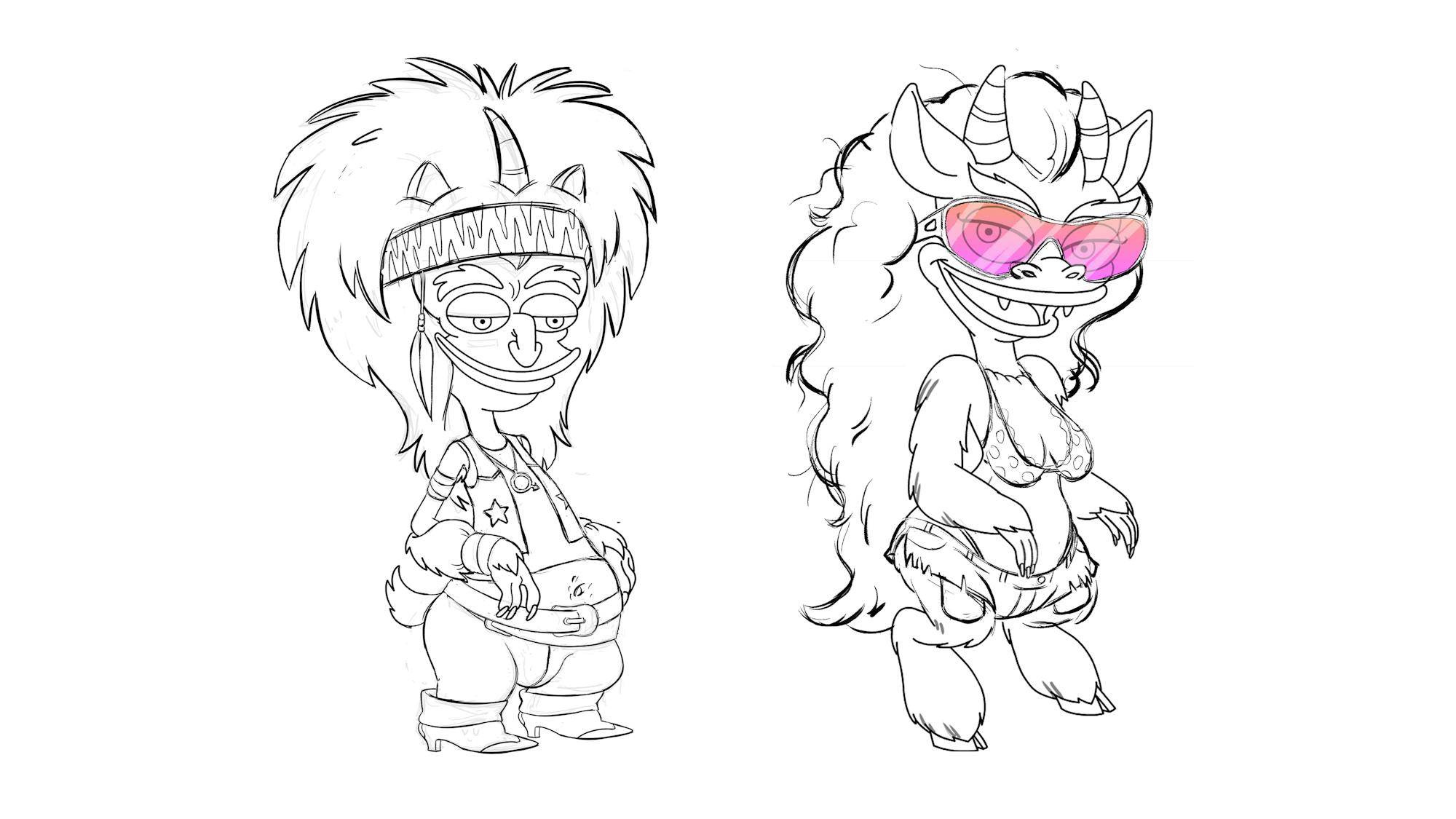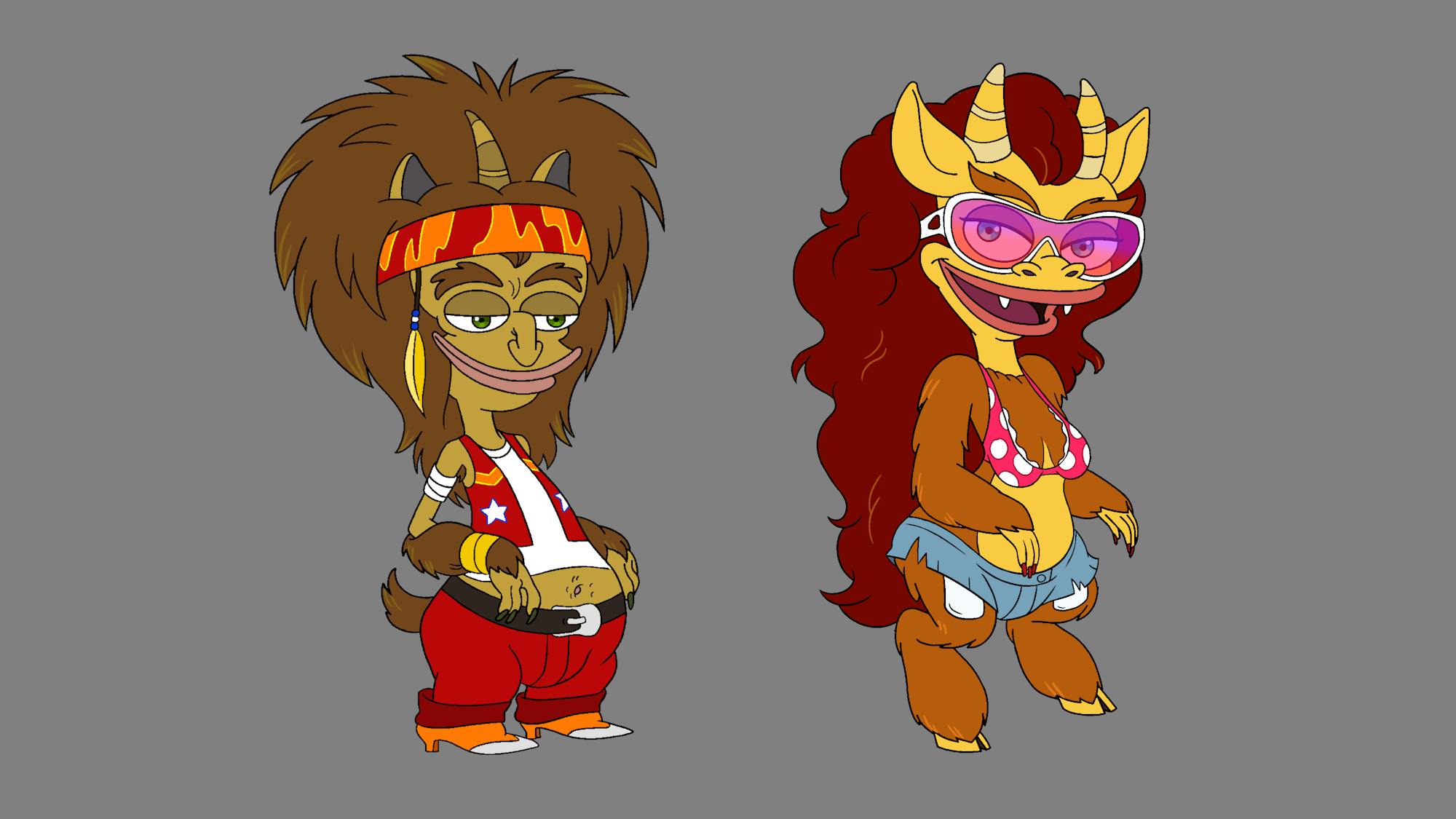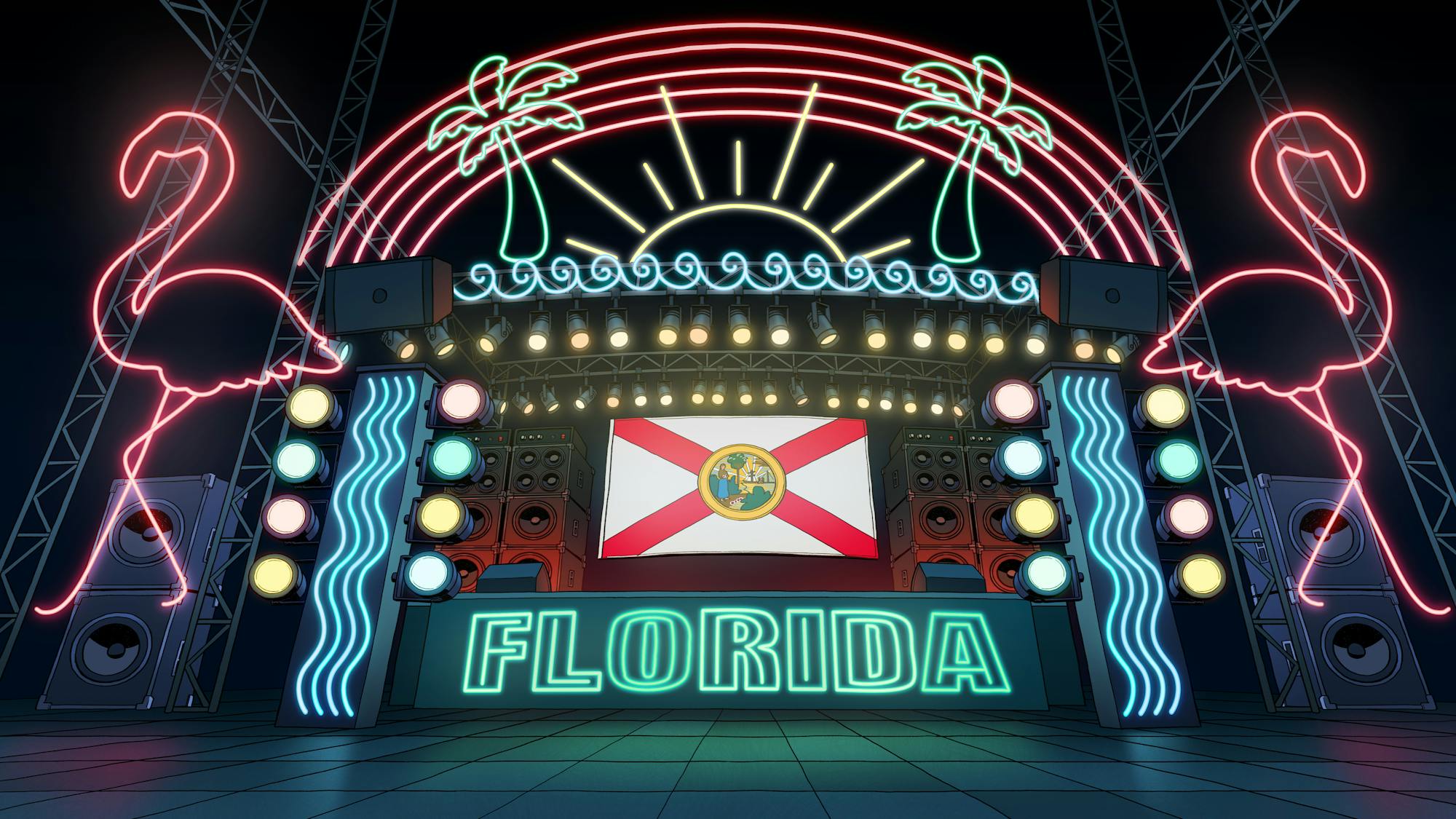In its third season, the outrageously naughty animated series outdid itself with a hilarious Van Halen-inspired rock 'n' roll parody. Supervising producer Anthony Lioi shares his inspiration for the clip and walks us through its creation.
“Anything Goes in Florida” — the musical number is one of the unforgettable highlights of the third season of Big Mouth, the original animated series about a group of young teens struggling through puberty, created by Nick Kroll, Jennifer Flackett, Andrew Goldberg, and Mark Levin. The off-color ode to the Sunshine State also pays homage to 1980s hair metal and features all the hilarious hallmarks of the series’ naughty brand of comedy. The show’s animators were tasked with conjuring uproarious visuals to complement lyrics penned by Emmy Award-nominated songwriter Mark Rivers.
“I grew up on Whitesnake and stuff, so that’s easy for me to click on those YouTube links,” says Big Mouth supervising producer Anthony Lioi. “That musical number was the highlight of Season 3 for me.”
As with every episode, constructing the musical sequence began with discussions between Lioi and the series’ executive producers, director, assistant director, and storyboard artists. “We’re interfacing with them for the very first time, and we’re getting the idea we’re going to make a rock ’n’ roll video,” he says.
Preliminary storyboards known as thumbnails suggest what a shot might eventually look like (above is a thumbnail-to-storyboard image of John Mulaney’s character, Andrew, who in the “Florida” episode is chatting with his “Hormone Monster,” Maurice, just before the monster bursts into song). The second step in the storyboard process is a quick layout phase. That gives the show’s creators the opportunity to correct anything that might feel off. “We’re looking for the composition,” Lioi says. “We might present to the executive producers one drawing that could cover 10 lines of dialogue. There’s no acting yet. So this way, we can have another discussion [looking at things like] the background is wrong here, the horizons are too high, the characters are off here. We have our notes.”
On the heels of layout is the keyframe phase, during which more artists work to refine the storyboards. Those updated storyboards become the basis for animatics — rough animation that indicates how the finished sequences should look. For the music video, theBig Mouthteam had to represent both Florida’s sun-kissed daytime thoroughfares and its glitzy nighttime vistas, since Rivers’s song toys with the two famously disparate sides of the state. “There’s a lyric where [Maurice is] talking about how crazy Florida is, and he’s talking about margaritas and serial killers,” Lioi says.
By the time the keyframe phase arrives, the dialogue has been recorded by the voice actors, including Kroll, who plays Maurice, above left, and Maya Rudolph, who plays the show’s Hormone Monstress, Connie, above right. (The music video sees Connie sporting sunglasses, a bikini top, and denim shorts, while writhing suggestively on the hood of a speeding convertible.) Their performances inform every choice the artists make. “The artists are listening to the radio play over and over, listening for every little nuance, little ups and downs. That’s what’s going to create the acting,” Lioi says.
It takes roughly 6,000 drawings to complete a single animatic, which runs the full length of a 25-minute episode. That animatic, along with the storyboards and reference guides known as exposure sheets, is sent to the animators, who bring the show to life in Korea. Four months later, Lioi and his team receive raw color footage without sound. “We just get silent images back, and then our editorial team will put it all together and tighten from there,” he says.As the compositing team marries the visuals and sound, they also add the finishing touches necessary to complete every sequence (including Maurice’s rollicking performance, which sees him singing onstage at the neon-drenched amphitheater pictured above). “We’re adding depth of field, we’re adding glows,” Lioi says. “So much love is added at the post-production stage.”
